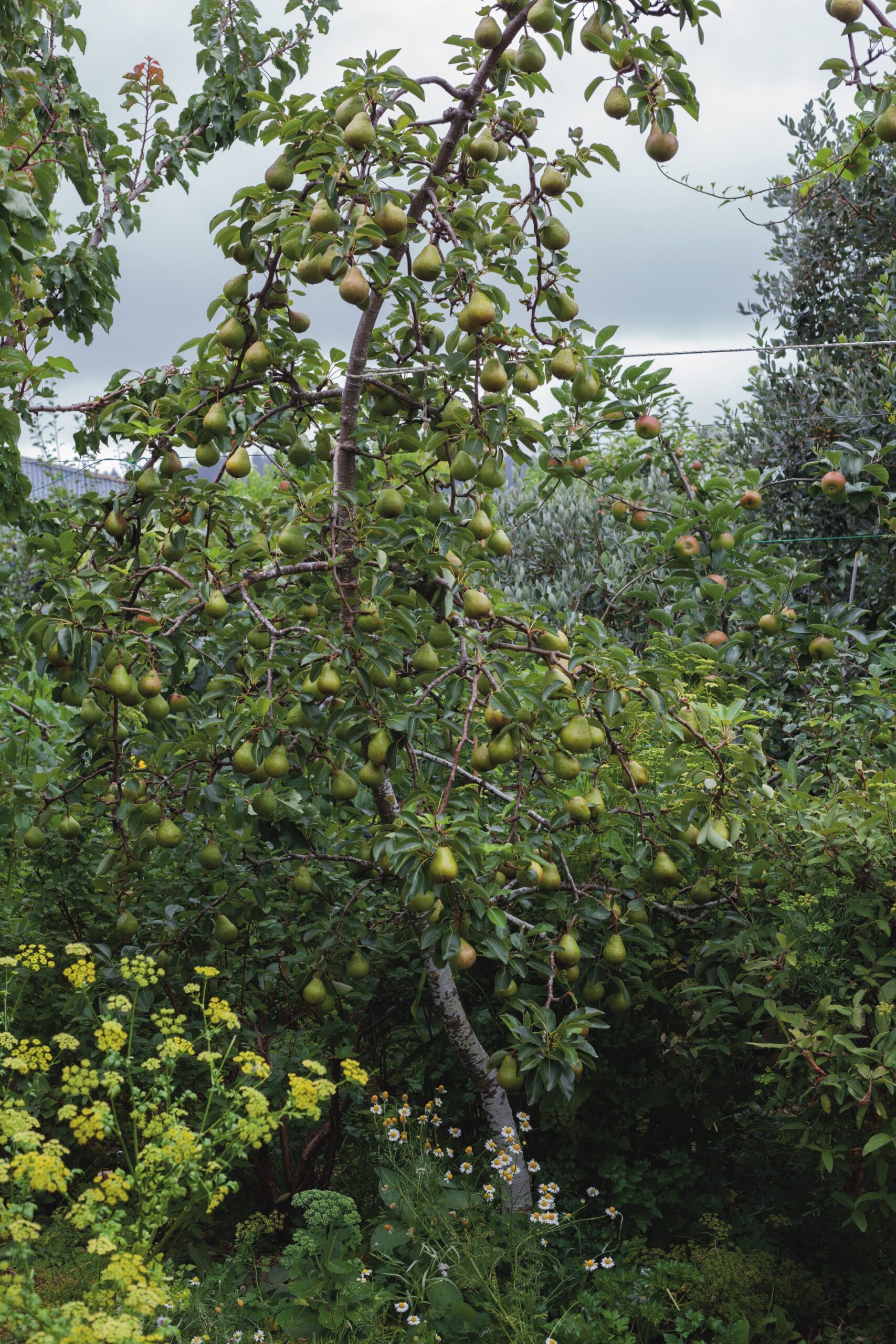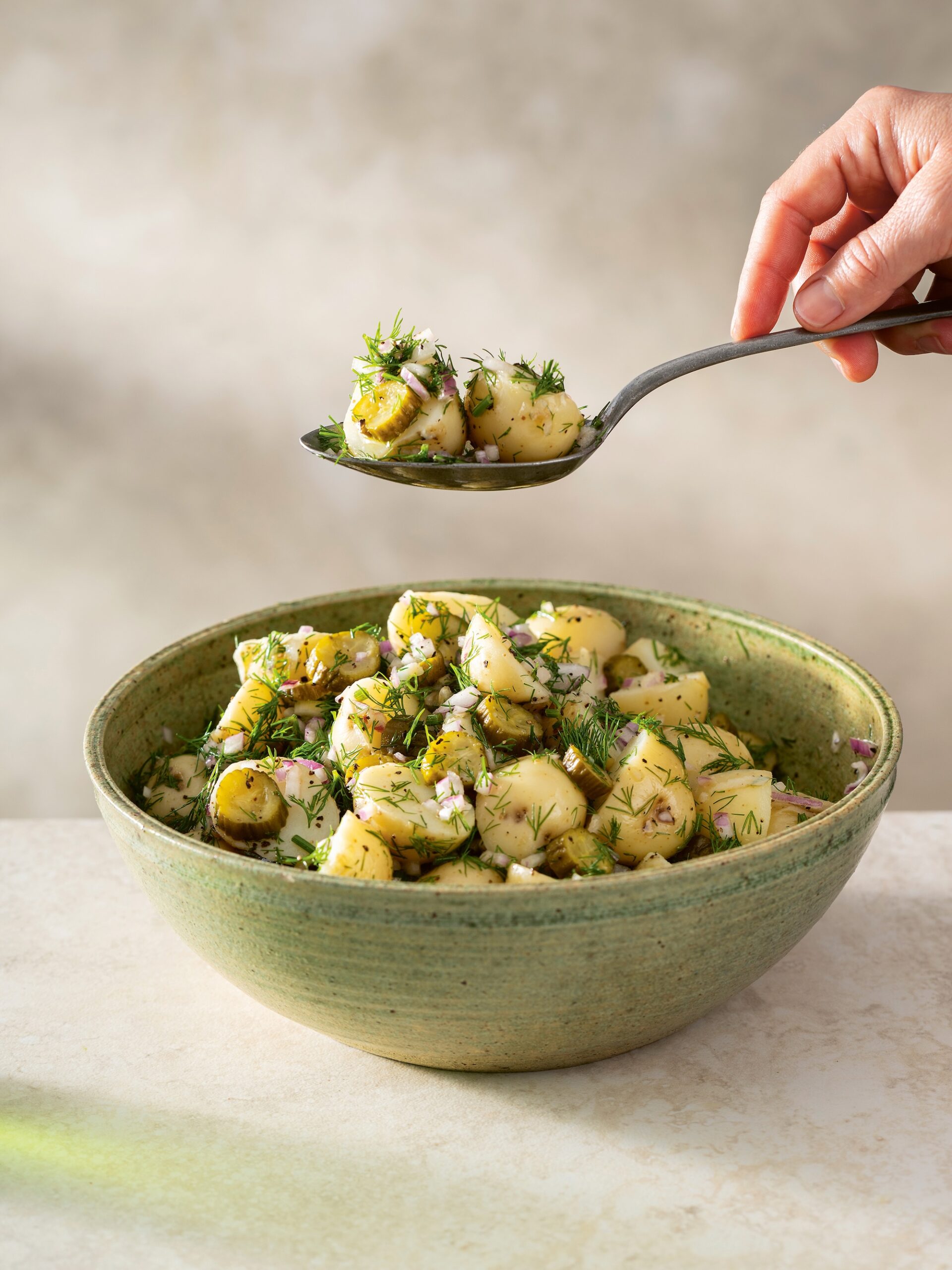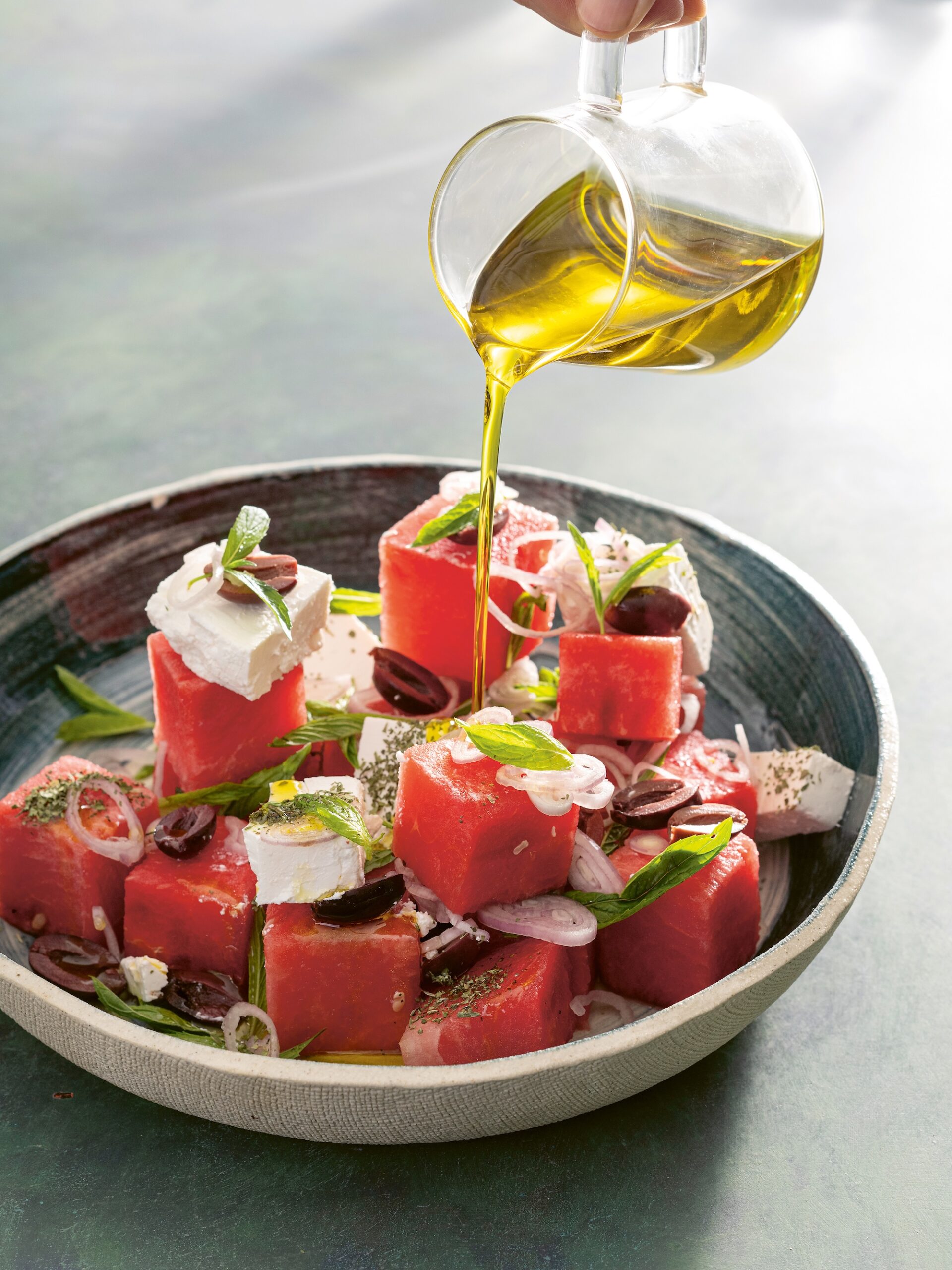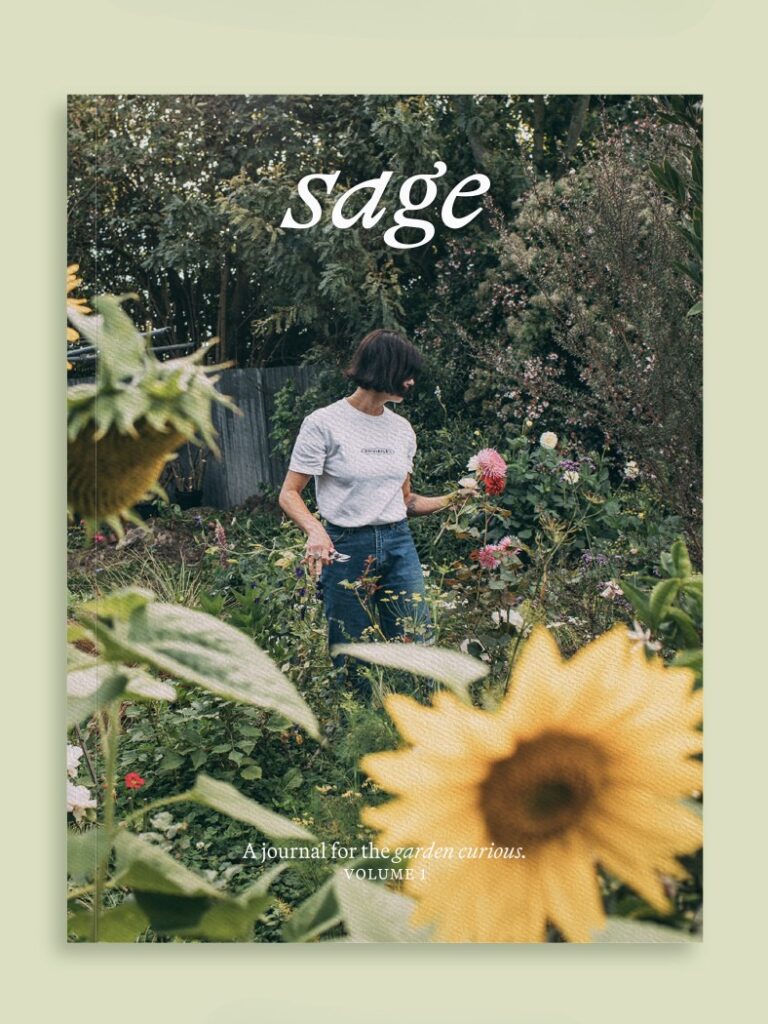Your cart is currently empty!
Foraging cherry blossoms + Forest’s cherry blossom gin fizz recipe
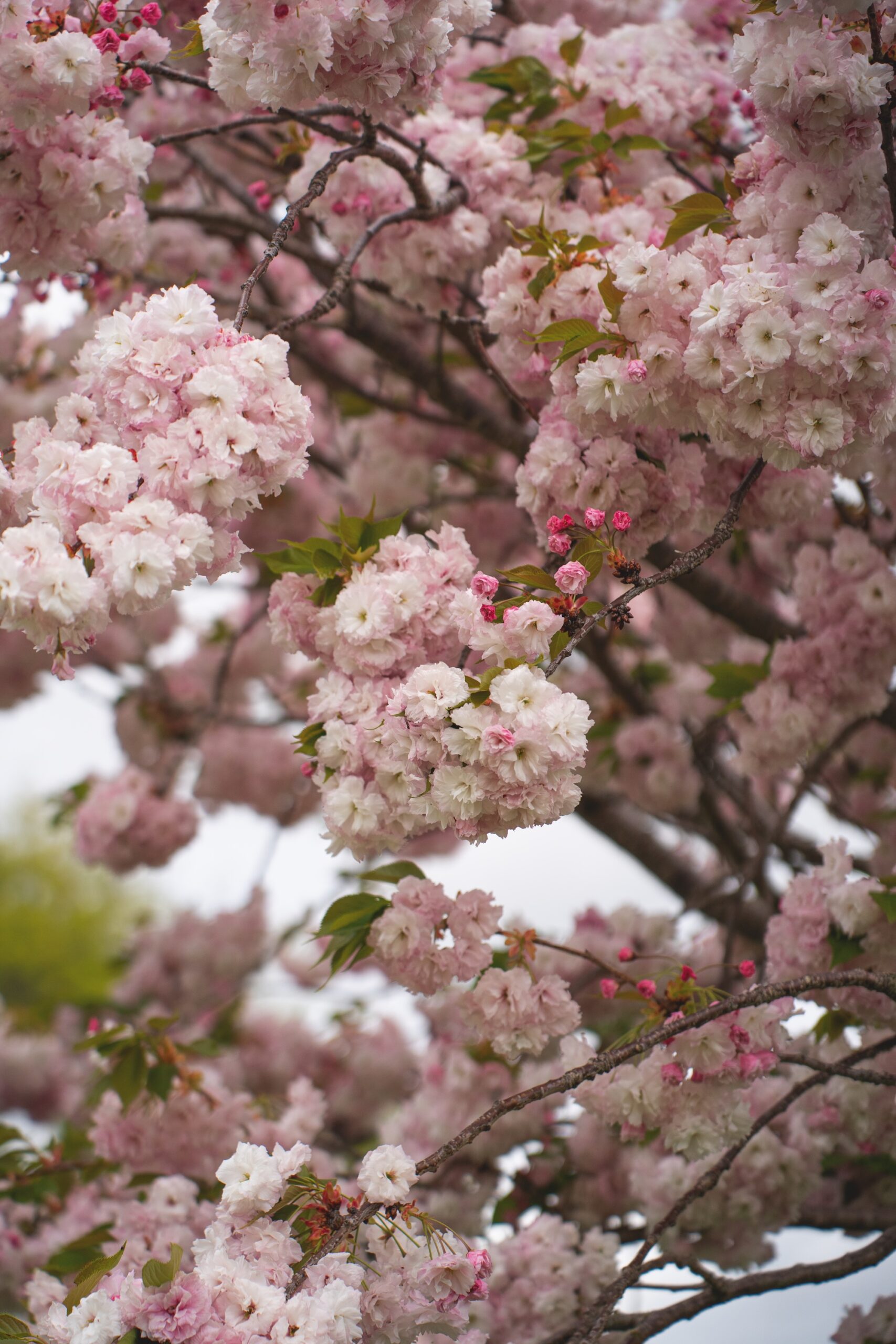
Foraging cherry blossoms + Forest’s cherry blossom gin fizz recipe
— Excerpt and recipe from Eat Wild: A Foraging Journey Across Aotearoa by Sophie Merkins
Eat Wild: Cherry blossoms
Plabita Florence is the chef and force behind the restaurant Forest, in Auckland’s Mt Eden, a creative culinary deep dive into local flavours.
Inside, the city’s busyness slips away, and I’m entranced by Plabita’s calm and quirky wonderland. Plants creep along tabletops, one wall is painted deep purple, and the open kitchen shelves are lined with 3-litre jars. There’s feijoa-skin mescal, mandarins preserved in salt, sweet pickled magnolia, lemon blossom gin, pickled Brussels sprouts.
It’s all veggie goodness that’s sourced as locally as possible, often foraged from this very neighbourhood during Plabita’s daily walks. She tells me that foraging is a way for diners to taste the neighbourhood. ‘I find the flavour of here really fascinating, right here, right now.’
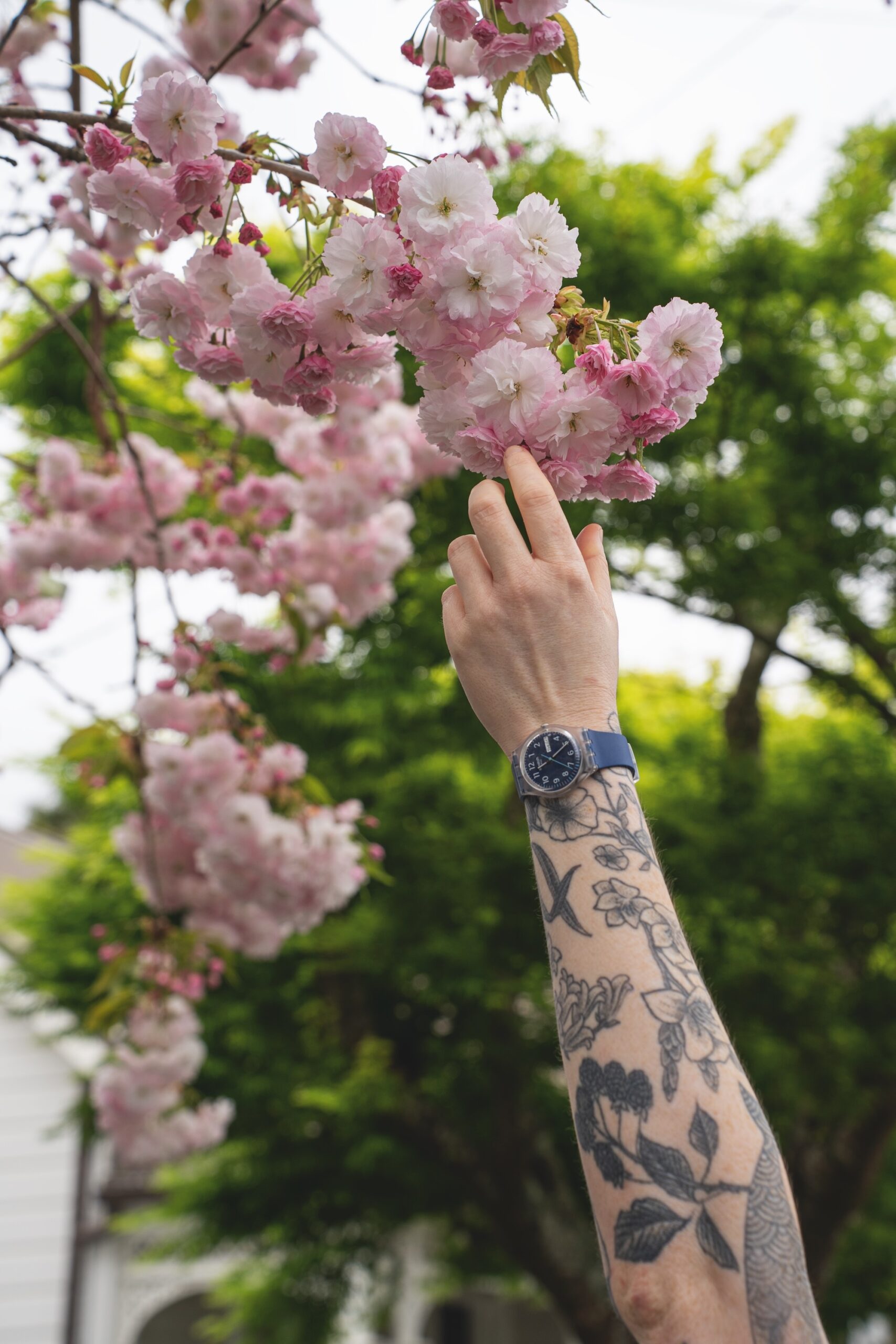
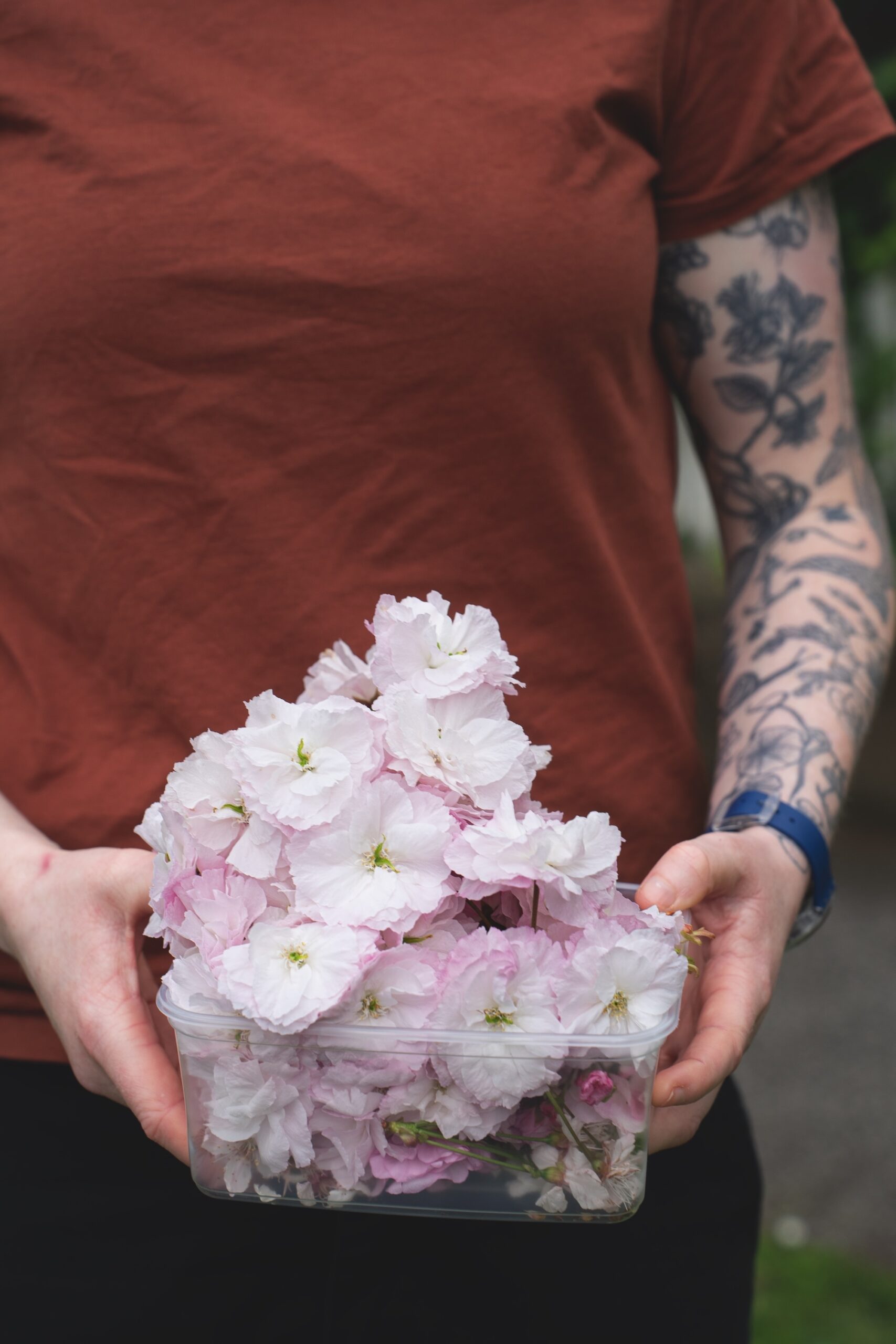

Plabita was raised in a family of artists, where success was measured by creativity. So, unsurprisingly, play is at the centre of Forest’s design and dishes. Although it could be assumed that her low-to-no-waste philosophy was born of frugality, as her family didn’t have much money when she was growing up, for Plabita’s creative mind food waste isn’t a problem to be fixed — it’s an invitation. Wine dregs get simmered into syrup and whipped with butter to be smeared on seriously good jalapeno and onion-weed scones; salted passionfruit skins get infused in vodka for martinis; cherry pits are soaked in vinegar to be drizzled on desserts. Likewise, her famous deep-fried feijoas use the whole harvest; the gooey, tart flesh is rolled in sherbet made from the skins. Food is Plabita’s canvas; unbound by culinary rules, creativity reigns.
With today’s focus being floral, we are off to forage cherry blossoms. Plabita grabs containers and we set off on foot. Knowing the neighbourhood well, she beelines to the cherry blossoms still in bloom.
Japanese cherry blossom trees (Cerasus serrulata) are in the Rosaceae (rose) family, and the Prunus (stonefruit) genus, but unlike their cousins they are ornamental, meaning the flowers won’t flourish into fruits. Their beauty is shortlived, each tree flowering for just a few weeks in spring. These edible flowers are showy, growing in pink or white clusters, some in fragrant pom-pom formations.
The trees’ bark is shiny and horizontally stripy, like stretch marks across the trunk. The leaves are serrated, pointy and in clusters. Cherry blossom trees were first brought to Aotearoa for ornamental purposes, from East Asia where they are revered, their blooming beauty celebrated every year. They are now classified as a weed in Aotearoa — a demonstration of how plants take on different roles when they cross borders.
Plabita takes a few blooms from each branch. She explains that she looks for trees with abundant blossom and only takes a little bit. With cherry blossoms, as with other locally foraged bounty, a little goes a long way.
We’re on a strict time schedule today, as ingredients need to be prepped for service. Plabita carries the blooms back to Forest and gets to work. Before I leave, I try the refreshing cherry blossom gin fizz that’s on this week’s menu, professionally drinking in the day for the sake of ‘research’.
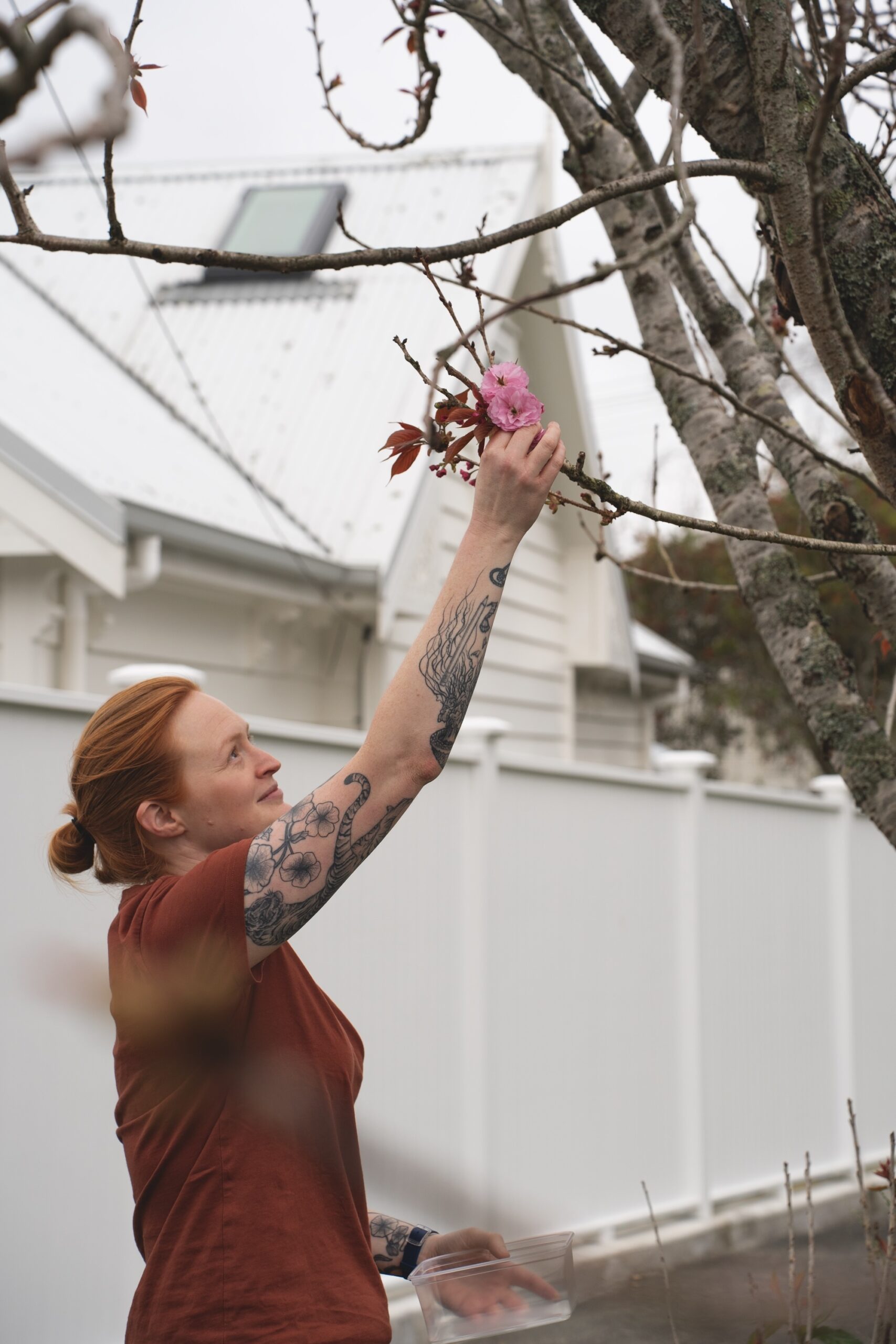
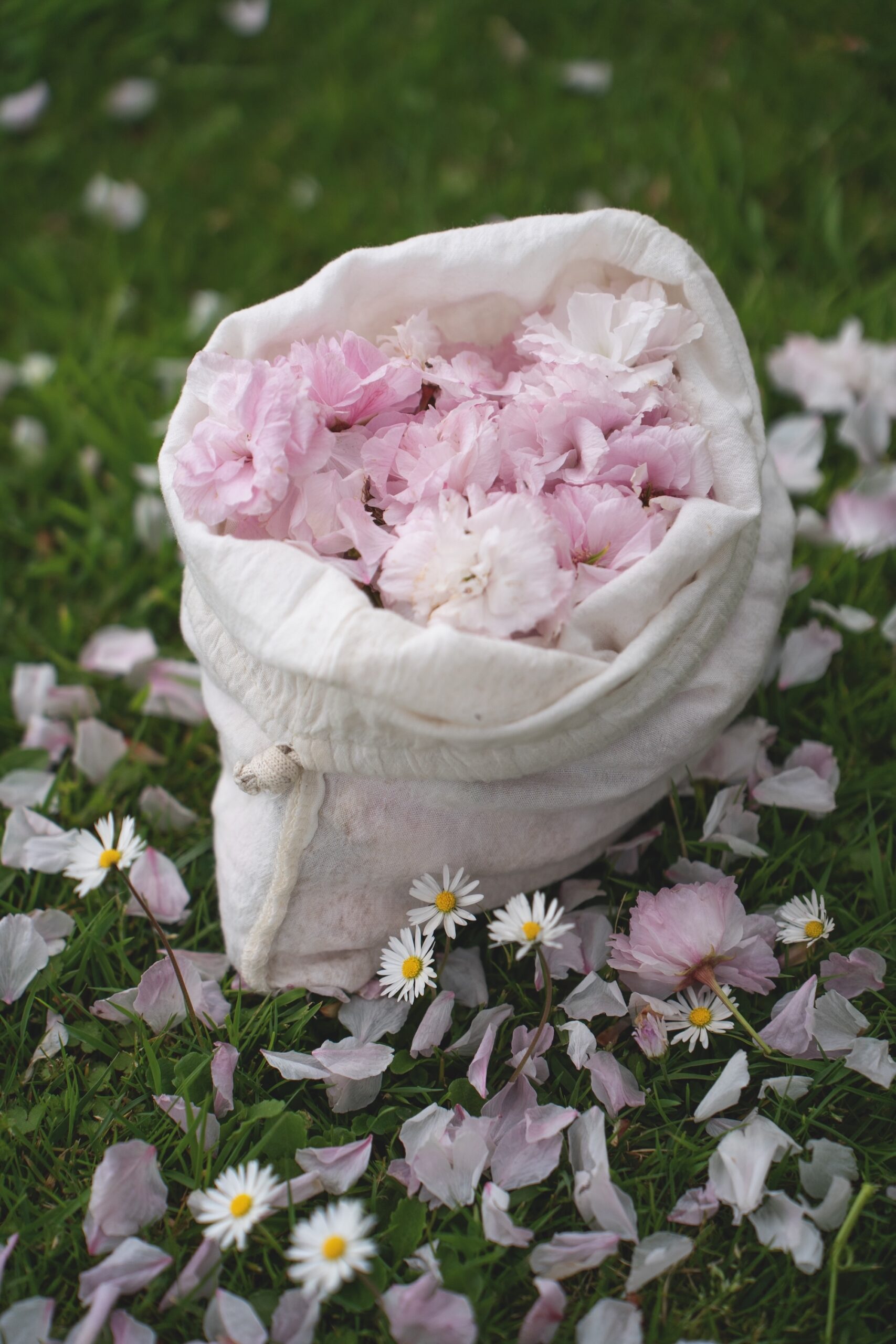
Recipe | Forest’s cherry blossom gin fizz
Cherry-blossom syrup has a delightful floral, fruity, almondy taste. In Plabita’s gin fizz, it’s mellow and refreshing, best paired with a good-quality gin.
Using citric acid intensifies the pink colour (which will vary depending on your blooms), and adds a touch of acidity to balance the flavours. Adding a large pinch of salt also highlights the flavours.
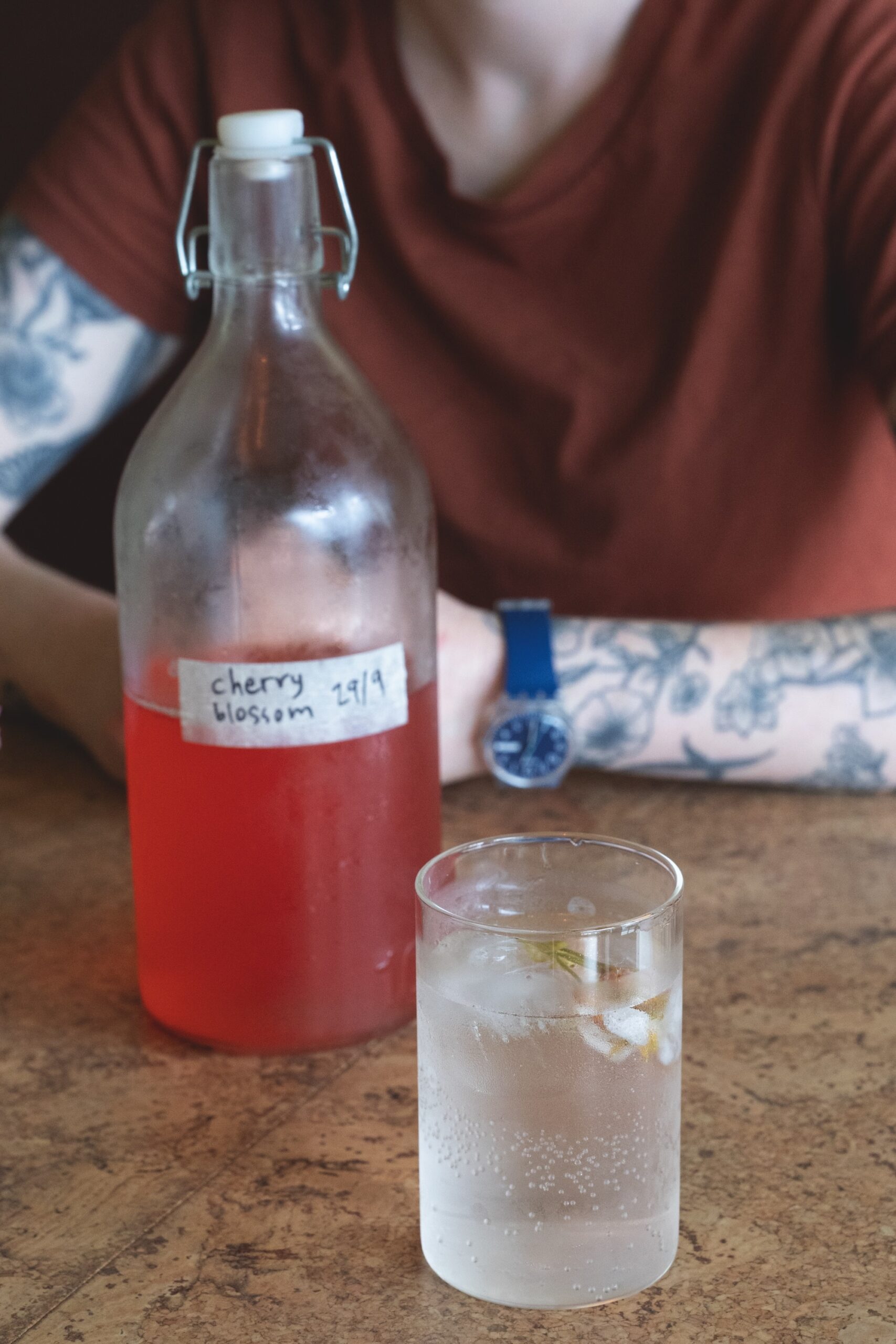
Ingredients
Blossom syrup
100 g cherry blossoms (fresh, clean and dry)
1 litre hot water
2/3 cup white sugar
1/4 tsp sea salt
1/2 tsp citric acid
—
Method
Put all of the ingredients into a medium-sized saucepan.
Place over a medium heat, stirring gently to dissolve the sugar, for about 5 minutes.
Take off the heat, and leave to cool and steep for a couple of hours.
Strain through a fine sieve into a sterilised bottle. It will keep in the fridge for up to 2 weeks.
—
To serve
a shot of your favourite gin
¼ cup blossom syrup
ice cubes
soda water
—
To serve, put the gin, blossom syrup, ice cubes and soda water into a serving glass. Stir and enjoy.
PLAY: Plabita talks about this blossom syrup as a ‘trick’ rather than a recipe; once you learn the technique you can apply it to a range of ingredients. Experiment with other edible flowers, such as chamomile, elderflower, gorse, hibiscus, marigold, rose, orange blossom, pineapple sage, pineapple weed and so on. Or mix and match to your heart’s content.
A WORD OF CAUTION: Use a little, not a lot. Cherry blossom contains cyanogenic compounds, which are reduced when cooked but best not to eat in large quantities. (These compounds are present in many foods, such as bitter almonds, stonefruit kernels and pips, and cassava.)
—
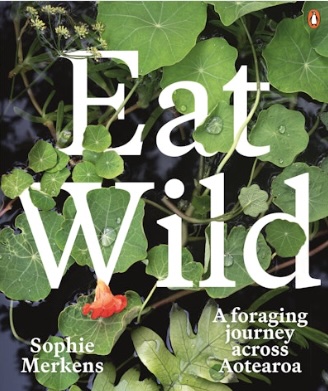
Eat Wild: A Foraging Journey Across Aotearoa by Sophie Merkins
Images and text from Eat Wild: A Foraging Journey Across Aotearoa by Sophie Merkins, published by Penguin, RRP $55.00
Buy Now
